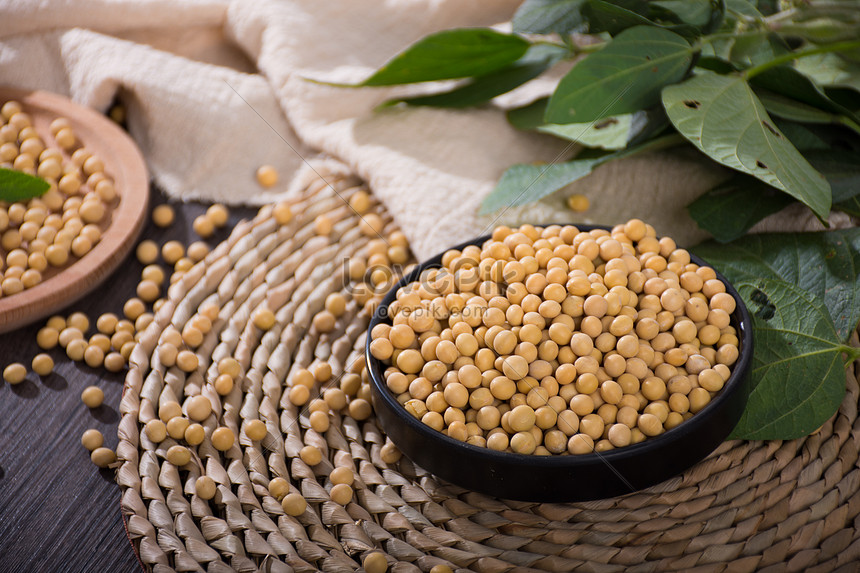



Article by: Hari Yellina
In South America, soybean output cuts are continuing, as a very mild La Nina event has a significant impact on yield prospects in Brazil, Paraguay, and Argentina. As a result, China has turned to the United States for its soybean needs, pushing Chicago soybean futures higher for the fourth week in a row. The forthcoming harvest in South America is critical for restocking global soybean supplies, which are running low. However, after a second year of below-average rainfall in the southern half of the continent, yields in key production zones are expected to fall significantly below long-term averages.
Climate conditions in South America favour higher-than-average rainfall in northern Brazil and below-average rainfall in southern Brazil, Paraguay, and Argentina during a La Nina episode. Hence, that’s exactly what’s happened so far this year. The drought in southern Brazil that halved safrinha corn production last year has been extended until 2022, while the drought-affected territory in Argentina has grown considerably in recent months. In Paraguay, a lack of rain in December and January has reduced soybean production by up to 50% this season.
The World Agricultural Supply and Demand Estimates were updated on Wednesday, and soybean production estimates were reduced (WASDE). However, if estimates from some South American-based analysts are to be trusted – because they are closest to the action – the US Department of Agriculture (USDA) still has a long way to go. In last week’s report, the agency dropped its production forecast for Brazil, the world’s largest producer and exporter, by another five million tonnes to 134 million tonnes, putting output 2.9 percent lower than last year. After slicing the same amount off its projection in January, the company has cut its forecast by 10 million tonnes in the last two months.
The following day, Brazil’s national agricultural agency, Conab, notified the market that the country’s soybean crop would be the weakest in three years, reducing its production prediction by 15 million tonnes. It currently predicts that the country’s farmers will harvest 125.5 million tonnes, down from a high of 140.5 million tonnes predicted in January. However, Conab, like the USDA, is known for being conservative. As a result, such a drastic cut does not bode well for the final product. AgRural was one of the first forecasts to slip below 130 million tonnes in late January, lowering their crop projection to 128.5 million tonnes.
The high soybean prices will certainly ration global demand. The USDA took 3 million tonnes out of China’s 2021-22 soybean imports in last week’s WASDE update. However, that is dwarfed by the 18.2 million tonnes it has wiped off South American production in the January and February reports. The yield issues in South America will push the global carryout significantly lower year-on-year. How low the prices will reach depends on the consumer reaction to the rallying market.